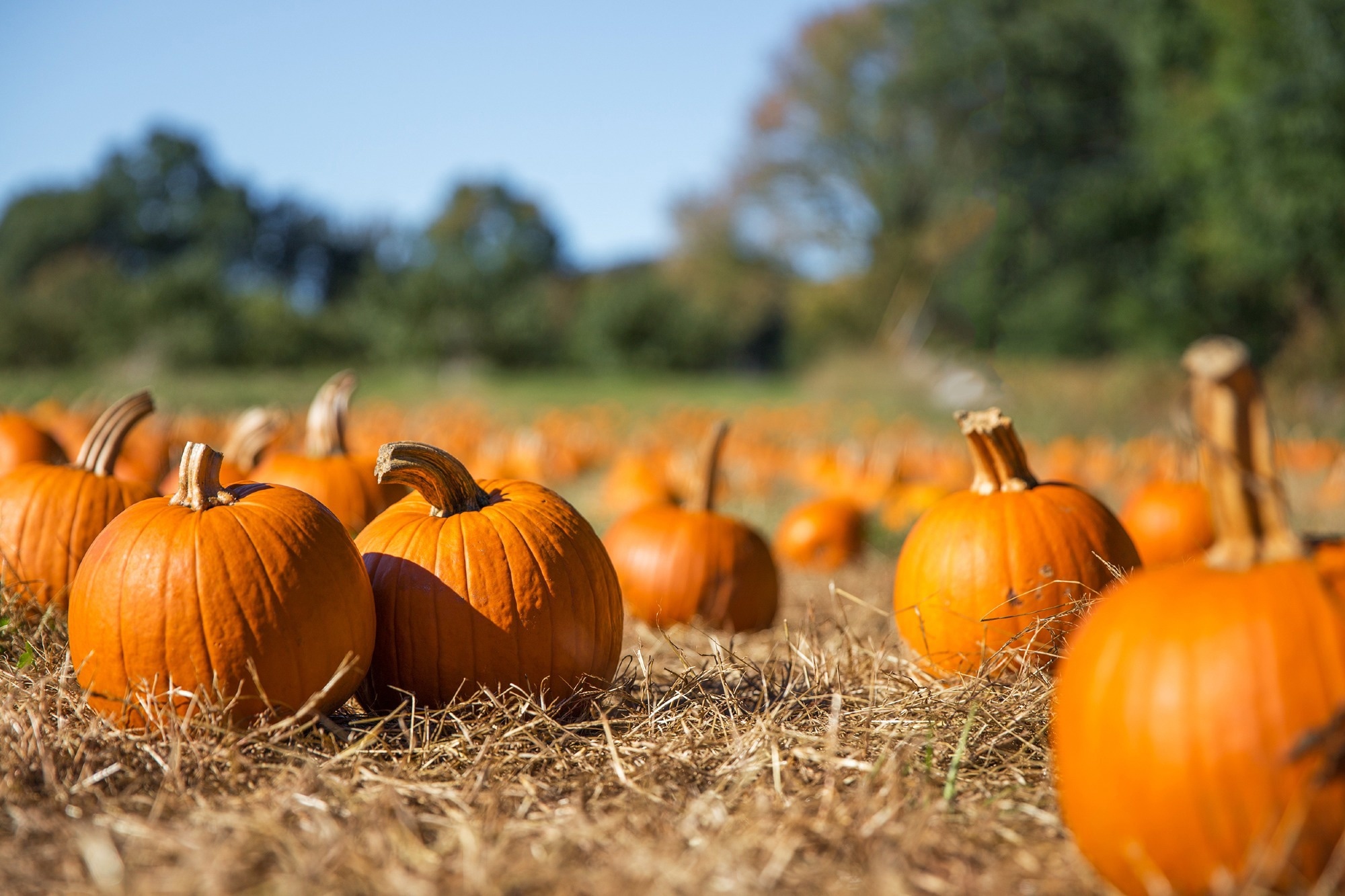In a recent study published in Molecules, researchers characterized the bioactive agents in the food industry byproducts of pumpkins.
 Study: Biological Activity of Pumpkin Byproducts: Antimicrobial and Antioxidant Properties. Image Credit: EvgeniiAnd/Shutterstock
Study: Biological Activity of Pumpkin Byproducts: Antimicrobial and Antioxidant Properties. Image Credit: EvgeniiAnd/Shutterstock
Natural products are increasingly studied as sources of bioactive compounds. However, vegetable-based meals are limited to solutions such as ready-to-use foods in modern societies. With a growing demand for these food products, a substantial quantity of byproducts is produced in the food industry and discarded along the process.
Research has recently been centered on promoting sustainability and exploring high-value compounds. For instance, extracts from sweet potato leaves, primarily phenolic compounds, have been attributed with antioxidant, anti-diabetic, anti-mutagenic, anti-cancer, anti-inflammatory, cardioprotective, and hepatoprotective properties.
The production of formulations from pumpkin pulp is common in the food industry, generating a high quantity of peels, fibers, and seeds as byproducts. Although the pumpkin pulp is appreciated, its byproducts, which may contain polyphenols, polyunsaturated fatty acids, minerals, and carotenoids, are under-utilized or discarded.
About the study
In the present study, researchers evaluated the byproducts of Algerian and Portuguese pumpkins to identify and characterize bioactive compounds. Gold nugget pumpkin, Musquée de Provence, butternut squash pumpkins from local Algerian markets, and kabocha squash, common pumpkin, and butternut squash from local Portuguese markets were obtained.
Samples (of fibrous strands, seeds, and peels) were produced by segregating pulp from byproducts. These samples were lyophilized, crushed, and extracted by maceration. The phenolic composition was determined using high-performance liquid chromatography (HPLC) coupled to a diode array detector (DAD) and electrospray ionization/mass spectrometry (ESI/MS).
The antioxidant potential was assessed using the oxidative hemolysis inhibition assay (OxHLIA) in sheep red blood cells and the thiobarbituric acid reactive substance (TBARS) assay in porcine brain homogenates. Antimicrobial activity was investigated against bacteria (Yersinia, Staphylococcus, Escherichia, Pseudomonas, Enterobacter, Listeria, and Bacillus spp.) and fungi (Aspergillus spp.) by the p-iodonitrotetrazolium chloride method. Cytotoxicity was tested by sulforhodamine B (SRB) colorimetric assay in primary non-tumor porcine liver cells.
Findings
The authors identified eight (tentative) compounds from pumpkin byproducts that belonged to the flavonoid, flavan-3-ol, and phenolic acid families. Flavonoids were the most abundant compounds detected, including the O-glycosylated derivatives of quercetin, isorhamnetin, and kaempferol. The peel of common pumpkin (from Portugal) had statistically higher quantities (9.4 mg/g) of phenolic compounds, followed by kabocha squash fibers (4.8 mg/g) and butternut squash peel (4.73 mg/g).
Epicatechin was the most abundant compound. In Algerian pumpkins, most phenolic acids were identified in the fibrous strands of gold nugget pumpkin, and flavonoids were the highest in the peels and seeds of Musquée de Provence. The gold nugget pumpkin peels and fibers had the highest total phenolic compounds at 4.1 mg/g and 3.93 mg/g, respectively.
The extracts from Portuguese kabocha and butternut squash seeds showed the best antioxidant activity in the TBARS assay, with half-maximal inhibitory concentration (IC50) values of 164 μg/mL and 185 μg/mL, respectively. The antioxidant activity was not significantly different from that of Trolox (positive control) with an IC50 of 139 μg/mL.
The findings in OxHLIA were comparable among samples, with IC50 values ranging from 43 μg/mL to 96 μg/mL, approximately two to four-fold higher than for Trolox. Moreover, Portuguese pumpkin samples had greater anti-hemolytic activity than Algerian samples. Interestingly, despite lacking anti-hemolytic activity, the extracts from gold nugget pumpkin seeds exhibited the most potent inhibition in the TBARS assay.
All Portuguese pumpkin samples showed inhibitory activity against Y. enterocolitica, whereas those from Algeria inhibited S. aureus. All samples inhibited the growth of A. brasiliensis, whereas extracts from the fibrous strands of Algerian pumpkins were protective against A. fumigatus. No sample was cytotoxic to porcine liver cells, even at the maximum tested concentration of 400 μg/mL.
Conclusions
In summary, the study characterized the bioactive compounds from pumpkin byproducts. The butternut squash extracts from both countries had the most potent antioxidant activity, whereas gold nugget pumpkin seeds and butternut squash fibers showed the highest antimicrobial activity. The common pumpkin from Portugal had the highest and most diverse profile of phenolic compounds. Overall, the findings corroborate the significance of recycling food industry byproducts for use in different industries, such as cosmetics and pharmaceutics.